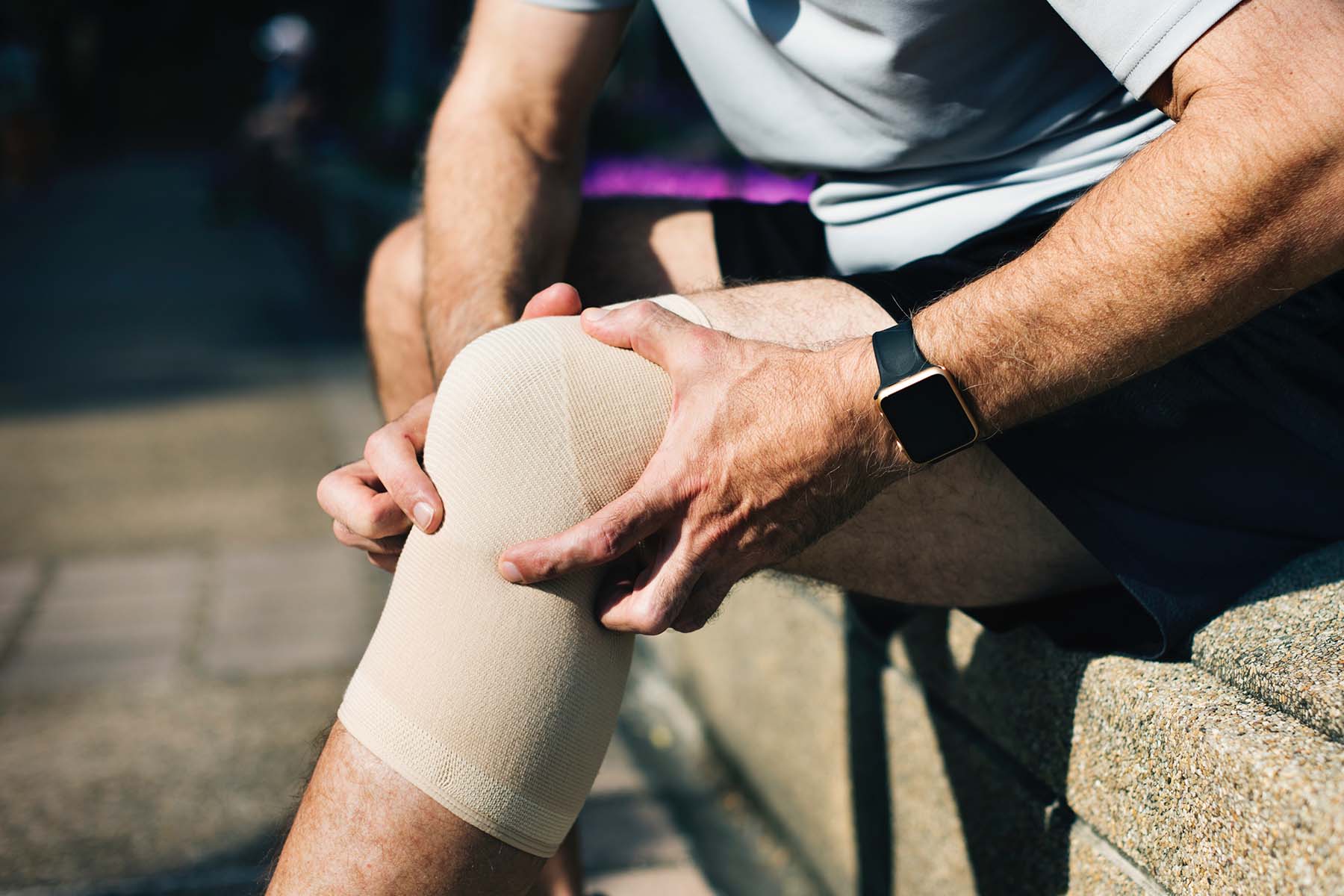Materials to use as you plan your Fire Prevention Week activities
September Fire Safety Resources
Fire Prevention & Safety | Sep. 4, 2018
Look. Listen. Learn. Be aware. Fires can happen anywhere.
In a fire, every second counts. It is important for members of your community to know what to do if there is a fire. Fire safety education isn’t just for school children.
This year’s Fire Prevention Week campaign, “Look. Listen. Learn. Be aware. Fire can happen anywhere,” works to educate people about three ways they can reduce the likelihood of having a fire––and how to escape safely if they have one:
LOOK for places fire could start. Take a good look around your home. Identify potential fire hazards and take care of them.
LISTEN for the sound of the smoke alarm. You could have only minutes to escape safely once the smoke alarm sounds. Go to your outside meeting place, which should be a safe distance from the home and where everyone should know to meet.
LEARN two ways out of every room and make sure all doors and windows leading outside open easily and are free of clutter.
You can find materials to support your local campaign at
https://www.nfpa.org/fpw/about.html
To help you find the materials and learn how to use them, The National Fire Protection Association (NFPA) is offering a FREE webinar:
2018 FPW campaign and how to implement an effective campaign in your community
Hosted by:
Laura King, NFPA Public Education Representative and Kelly Ransdell, NFPA Regional Education Specialist.
Wednesday, September 5, 2:00-3:00 pm (EDT)
Register:
https://www.nfpa.org/Training-and-Events/By-type/Webinars/2018-Fire-Prevention-Week-campaign-and-how-to-implement-an-effect-campaign-in-your-community
2018 Desk Reference
Have you ever wished there was a source for accurate fire safety messages? Well there is! The 2018 Educational Messages Advisory Committee (EMAC) Desk Reference is available for download:
https://www.nfpa.org/Public-Education/Resources/Educational-messaging
The 2018 edition includes an illustrated explanation on how to tailor messages to your audience. There are also new chapters on college and university housing and wildfires, a section on portable cooking equipment and updates on educational messages for children and audiences with limited English proficiency.
Don’t forget about social media
Below are a few examples of materials you can use on social media to promote the fire prevention week theme as well as situational awareness.
You can find more social media cards and pictographs at the fire prevention and safety digital library, https://www.usfa.fema.gov/prevention/outreach/media/
New fire safety resource
USFA just completed production of a new home fire safety handout. This brochure includes some important ways to keep your home safe from fire. Also included is a foldout poster using pictographs. Pictographs can help overcome literacy barriers by communicating fire safety messages with pictures.
You can order the brochure from the publication center or download to print. Order now to ensure delivery by fire prevention week.
Join the fight!
Have you joined Fire is Everyone’s Fight?
Fire is Everyone’s Fight is a national initiative to unite the fire service, life safety organizations and professionals in an effort to reduce home fire injuries, deaths and property loss. The goal is to change how people think about fire and fire prevention.
Join the Fight and use the materials to educate your communities about the importance of fire prevention.
If you have any questions email Teresa Neal.
Link button
The U.S. Fire Administration recommends everyone should have a comprehensive home fire protection plan that includes smoke alarms, fire sprinklers, and practicing a fire escape plan.
This email was sent to scfiresafetyedu@gmail.com using GovDelivery Communications Cloud on behalf of: U.S. Fire Administration · U.S. Department of Homeland Security · Emmitsburg, MD 21727 · (301) 447-1000









 To learn about the study’s findings, and suggested fire department interventions to mitigate fireground injury risks, read today’s Current Issues and Events article.
To learn about the study’s findings, and suggested fire department interventions to mitigate fireground injury risks, read today’s Current Issues and Events article.